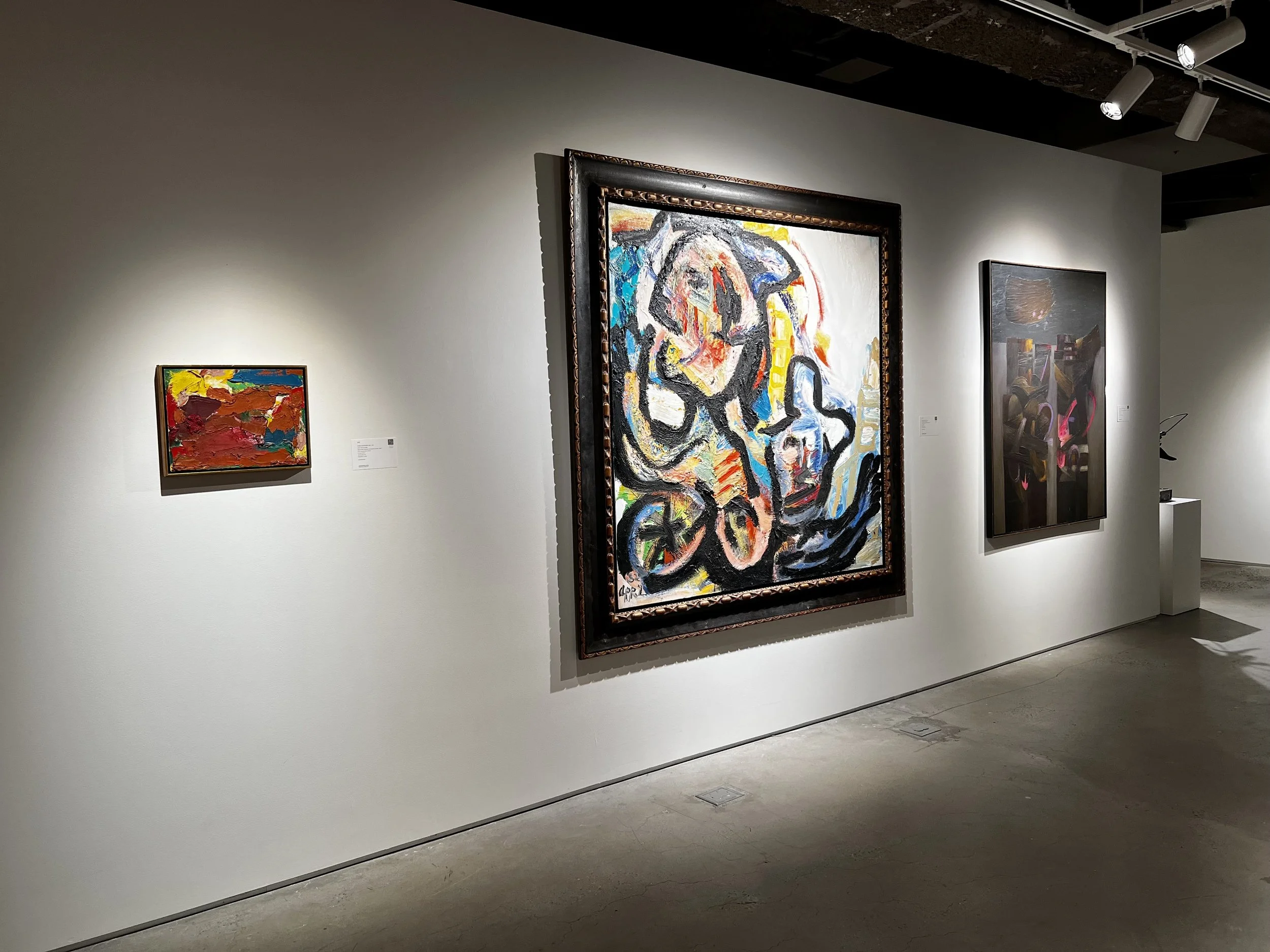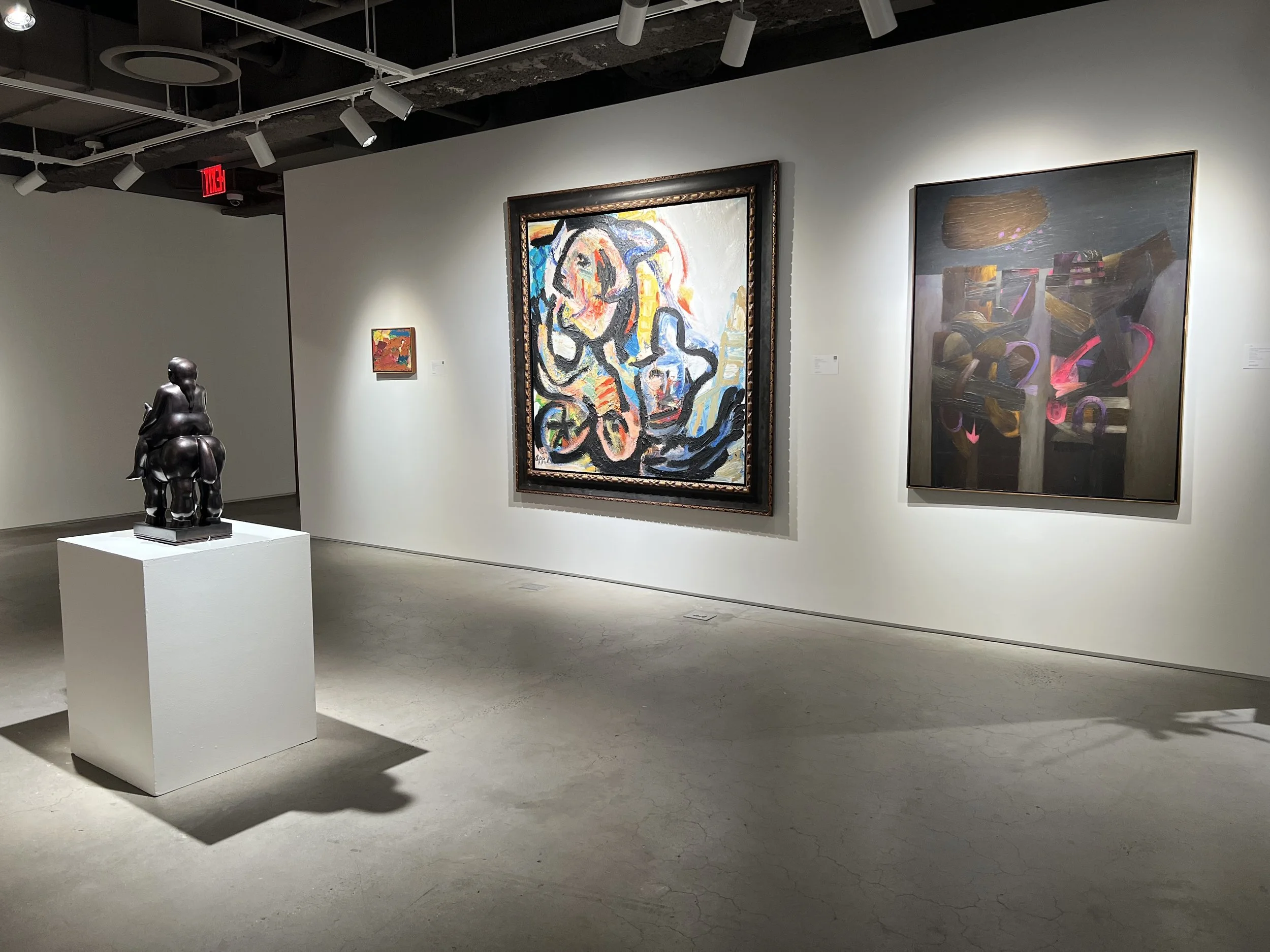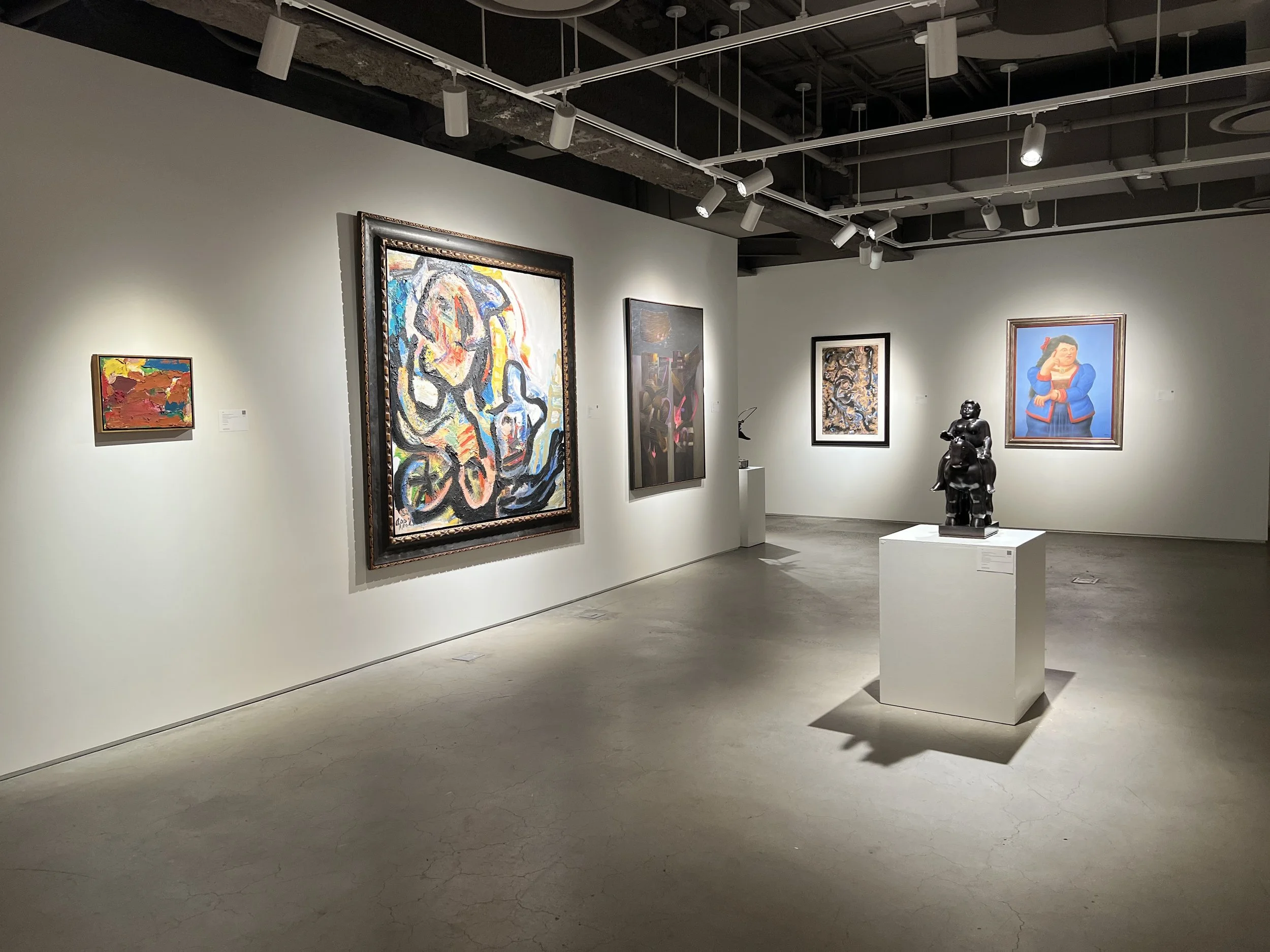People in Places: The City as a Landscape of Abstraction, “People Above the City” (1982) by Karel Appel
Written by Nínive Vargas de la Peña for Sotheby’s Contemporary Curated. March 2022.
Consumed with painting “like a child – fresh and new,” Karel Appel breaks away from the artistic practices of the time and establishes a new and experimental style full of emotion. Appel pictorial language is rich with texture, color, and humanoid figures that evoke the raw drama of man against the world, man against man, and man against the canvas. Influenced by primitive, mythical and folk art, he lets his impulses manifest themselves in aggressive strokes of thick impasto paint. In doing so, he figuratively and literally captures the acute distress of a post-World War II age whilst working within this newfound freedom. Painted in 1882, People above the city depicts our barbarous world in uninhibited brushstrokes and thick areas of saturated tactile paint for which he is admired.
“ I never try to make a painting, but a chunk of life. It is a scream; it is a night; it is like a child; it is a tiger behind bars.”
Sam Gilliam
Abstraction
Figuration and Color
Deep black strokes give vague form to areas of fleshy, layered paints. Moving between figuration and abstraction, Appel only gives the illusion of personages in the chaotic urban landscape. He echoes Jean Dubuffet’s gritty canvases that merge city dwellers into the cityscape to capture the sentiment of the time. Discussing his oeuvre, Appel declared “to paint is to destroy what preceded. I never try to make a painting, but a chunk of life. It is a scream; it is a night; it is like a child; it is a tiger behind bars.”
Karel Appel. People Above Cities (1982). Private Collection.“"Suppose the first color I apply to the fabric is red. Now, this action determines everything else that will happen in the frame. Later I could put Yellow, and some blue; Then maybe I could remove the red with black, and the blue maybe becomes Yellow, and the Yellow becomes purple, while the black becomes white. Obviously, anything can happen. But this whole fascinating process started with that first red, and if it hadn't started with red, the whole picture would have been different. There is some System, there is an order in this chaos."”
— Karel Appel




